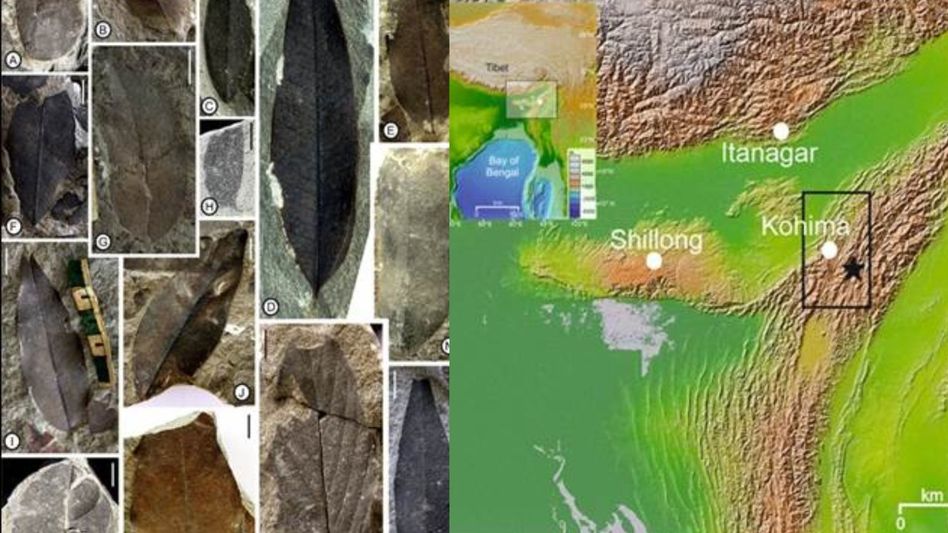Nagaland fossils reveal Antarctic ice shaped India’s early monsoon
Fossil evidence from Nagaland links Antarctic ice formation to the evolution of the Indian monsoon. This study aids in understanding past climate influences and improving future monsoon forecasts

- Researchers found Antarctic ice growth influenced Indian monsoon development
- Fossil leaves from Nagaland indicate a warmer, wetter ancient climate
- Climate Leaf Analysis Multivariate Program helped reconstruct past climate
A recent study has revealed that the formation of Antarctic ice around 34 million years ago played a key role in shaping the early Indian monsoon, creating conditions that supported dense forests across the subcontinent.
Researchers from the Birbal Sahni Institute of Palaeosciences (Lucknow) and Wadia Institute of Himalayan Geology (Dehradun), both under the Department of Science and Technology, studied fossilised leaves from the Laisong Formation in Nagaland.
Dating back to the same period as the first Antarctic ice sheets, these fossils indicate that the region experienced unusually high rainfall and warm temperatures.
Using the Climate Leaf Analysis Multivariate Program (CLAMP), scientists reconstructed ancient climate patterns, finding that the growth of Antarctic ice influenced global wind and rainfall systems. The study suggests that the expansion of Antarctic ice shifted the Intertropical Convergence Zone (ITCZ) toward the tropics, intensifying monsoonal rains in Northeast India and supporting early monsoon development.
Published in Palaeogeography, Palaeoclimatology, Palaeoecology, the research connects changes at the South Pole with tropical climate dynamics, highlighting how distant environmental changes can have global consequences.
Experts warn that this deep-time insight has contemporary relevance. Accelerated Antarctic ice melt due to modern climate change could again alter the ITCZ, potentially disrupting rainfall patterns across India and other tropical regions—a vital concern for agriculture, water supply, and livelihoods.
Copyright©2025 Living Media India Limited. For reprint rights: Syndications Today









